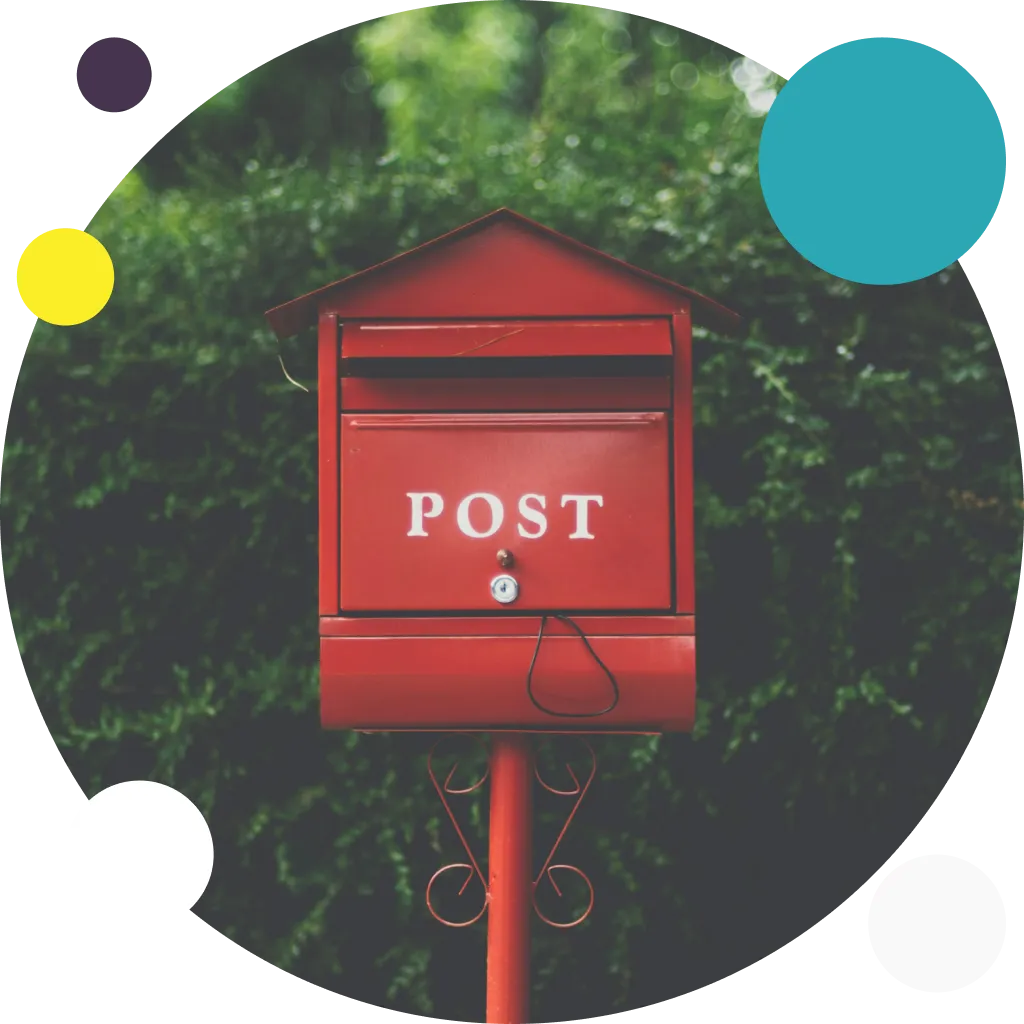Getting new users requires effort. Keeping them engaged is even harder.
But what happens when they drift away?
Re-engagement emails can help you win back inactive users who’ve gone quiet.
What Are Re-engagement Emails?
Re-engagement emails (also called win-back emails) are targeted campaigns designed to reconnect with inactive subscribers and users.
For SaaS businesses, these campaigns are vital because:
- Acquiring new users costs up to 5x more than retaining existing ones
- Inactive users harm overall email deliverability and reputation
- They create a win-win: either reactivate users or clean your list
Types of Re-engagement Email Campaigns
1. Welcome Back Emails
Simple, personalized emails reminding users what they’re missing. These include:
- Clear subject lines like “We Missed You!” or “Ready to pick up where you left off?”
- Brief reminders of your service’s benefits
- One prominent call-to-action button
- References to past usage or activity
2. New Features Update
Emails showcasing recent improvements that explain how they benefit the user. These demonstrate ongoing product development and can rekindle interest in your platform.
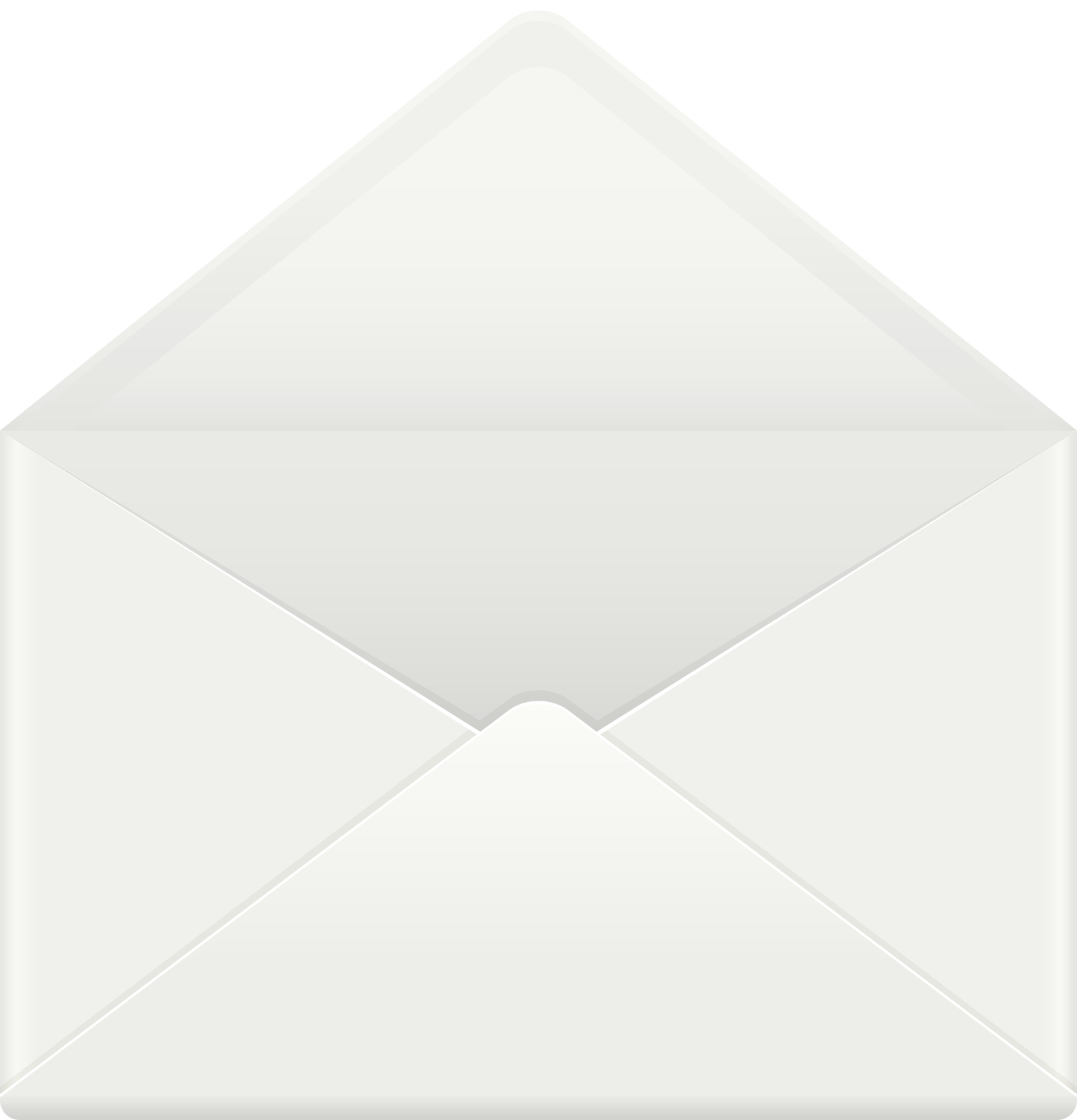
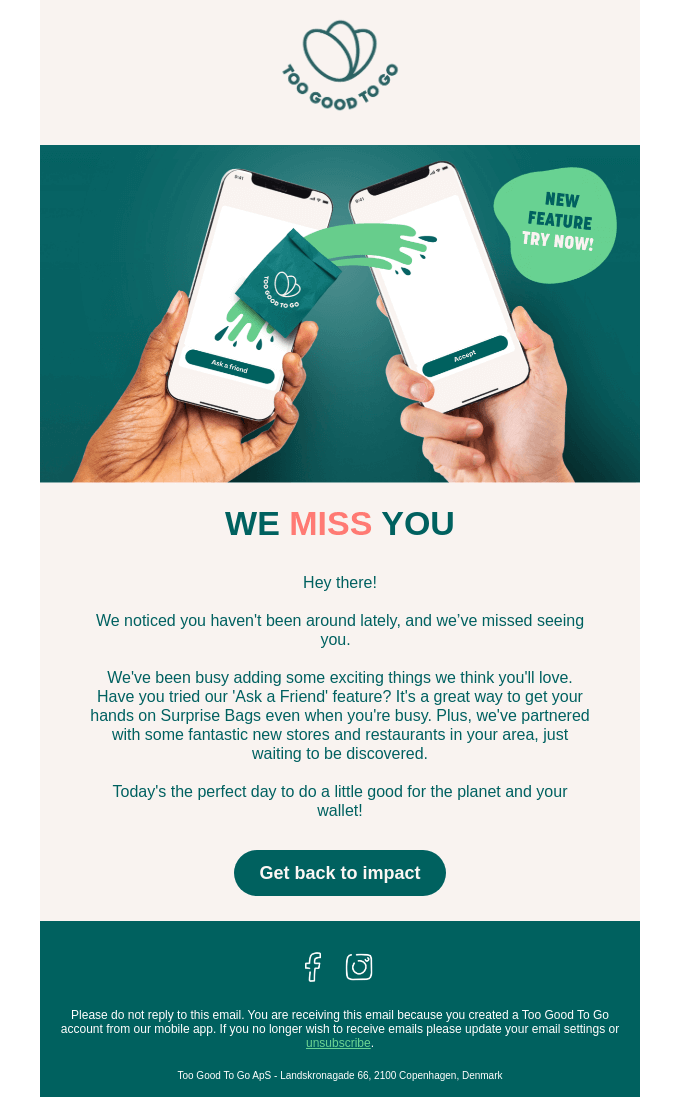

3. Special Offer Emails
Time-sensitive incentives like discounts or extended trials to motivate immediate action.
For example, you could offer:
- One month free on an annual plan
- A discounted rate for returning users
- Access to premium features for a limited time
The key is creating urgency with phrases like “limited time offer” or “expires in 7 days.”
4. Custom Usage Suggestions
Personalized recommendations highlighting underused features based on the user’s previous activity patterns.
These emails work because they:
- Show you understand their specific needs
- Provide immediate value
- Reduce the learning curve
5. Feedback Request Emails
Quick surveys asking why users left and what could bring them back.
This approach:
- Provides valuable insights
- Shows users you value their opinion
- Creates an opening for conversation
Real Success Stories
Grocery App Re-engagement Campaign
Getir - an ultrafast grocery app implemented a re-engagement campaign targeting “hard churned” users who hadn’t made purchases in 30-60+ days.
Their creative approach drove over 300 orders from these inactive subscribers, generating approximately £6,000 in revenue.
Cleaning Up the Email List
After implementing a re-engagement campaign, Bloomington MN Convantion and Visitors Bureau
- Removed 61,552 unengaged contacts
- Retained 109,201 active subscribers
- Improved email open rates from about 20% to 38.3%
Skyrocketing Click-Through Rates
Email automation platform beehiiv reported that automated campaigns (including re-engagement flows) achieved click-through rates of 13.48% - nearly three times higher than regular newsletter posts at 4.59%.
Best Practices for Effective Re-engagement
1. Define Inactive Users Appropriately
There’s no universal definition of what makes an “unengaged subscriber,” but industry experts recommend:
- Setting a minimum threshold of 180 days of no engagement before sending the first re-engagement email
- Creating different segments based on activity levels and engagement history
2. Plan Your Email Sequence Strategically
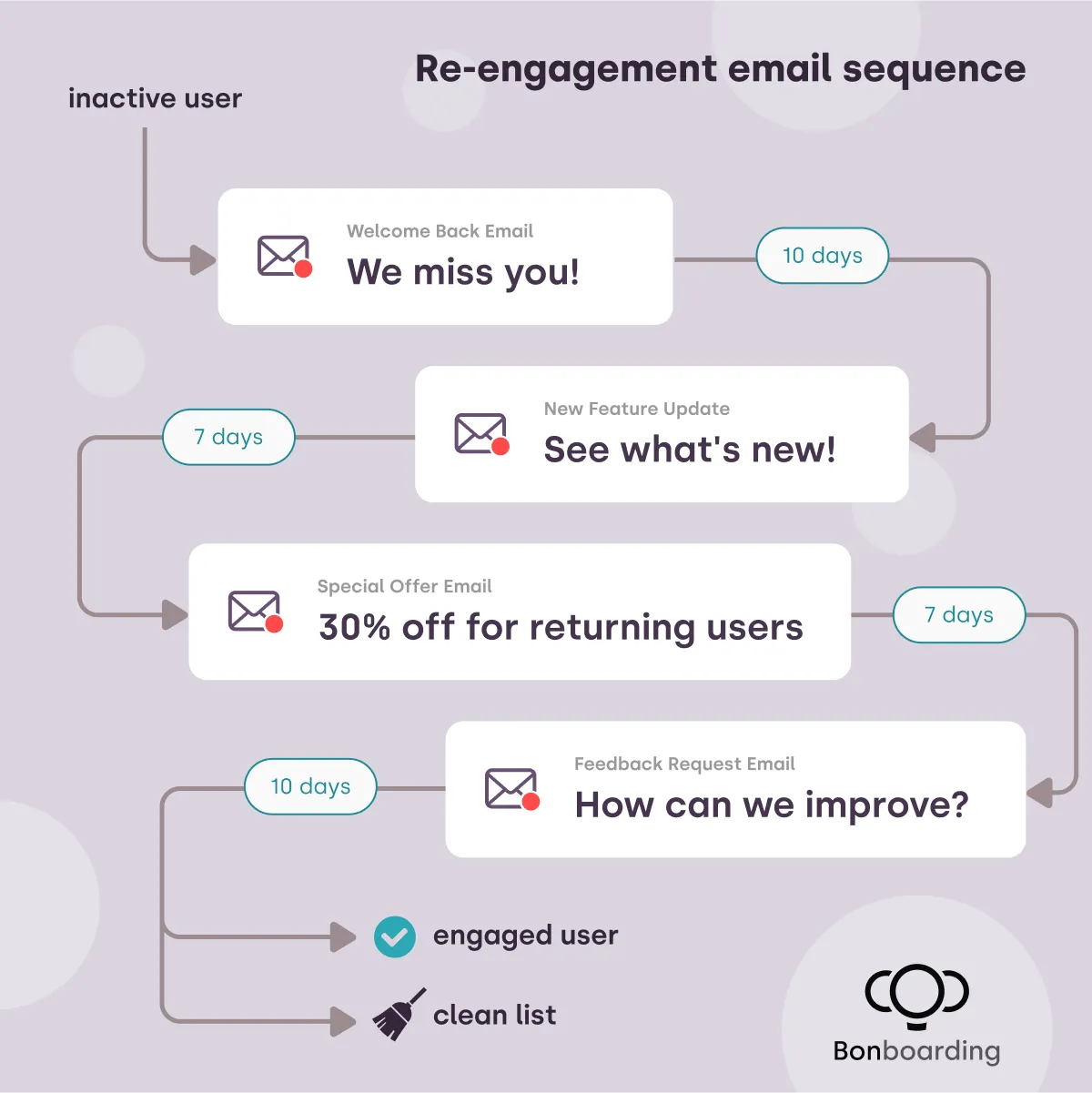
- Start with a single re-engagement email and wait at least a week before sending a follow-up
- Wait 10 days after the final email to collect all opt-ins before removing unengaged subscribers
3. Craft Compelling Content
- Focus each email on a single message rather than overwhelming with information
- Keep emails short and concise with catchy subject lines
- Consider using plain-text founder emails for a more human, authentic touch
- Include social proof elements like reviews, testimonials, or usage statistics
Check out Really Good Emails for inspiration from great email examples across industries

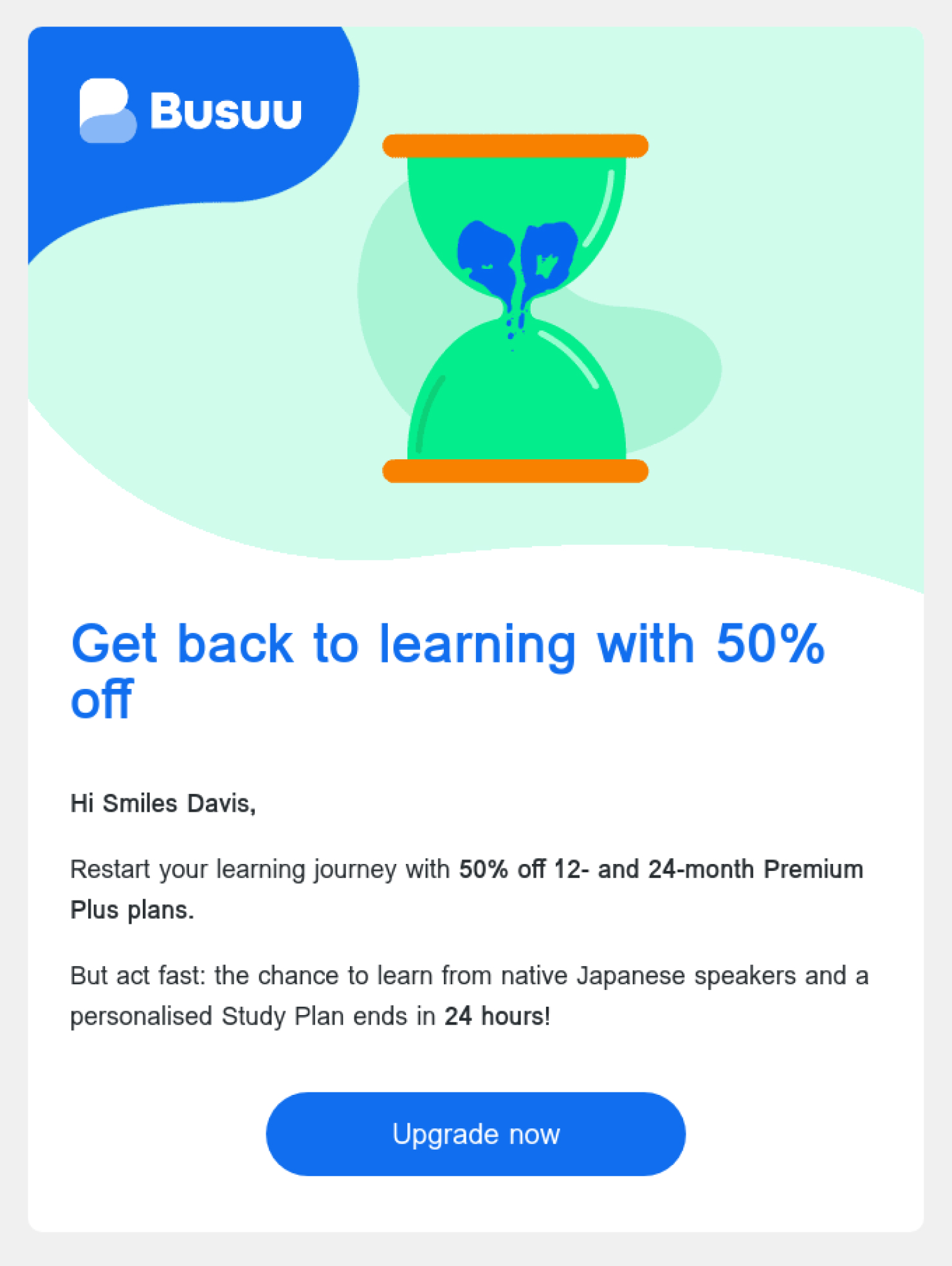

4. Personalize Based on User Behavior
- Tailor content to match each stage of the subscriber lifecycle
- Reference past activity or interests to make communications relevant
- Segment your audience based on their previous engagement patterns
- Analyze email deliverability metrics to ensure your messages reach inboxes
5. Automate Strategically
Automation ensures you deliver the right message at the right time:
- Trigger emails based on specific user behaviors
- Set up milestone-based communications
- Create automated sequences for different user segments
Critical Considerations for Re-engagement
Make Unsubscribing Easy
- Place the unsubscribe link prominently in your emails
- Use clear language like “Unsubscribe” or “Manage Preferences”
- Allow users to unsubscribe with a single click
Offer Preference Options
- If you send various email communications, implement a preference center where users can adjust email frequency instead of opting out completely
- Let subscribers choose which types of emails they want to receive
- Consider allowing users to “pause” communications temporarily
Process Requests Promptly
- Handle unsubscribe requests immediately or within 24 hours
- Send optional confirmation emails acknowledging the unsubscribe request
Gather Feedback
- Include an optional survey asking why users are unsubscribing
- Keep it short with options like “Email frequency too high,” “Content not relevant,” or “No longer interested”
- Use this feedback to improve your email strategy
Use a Multi-Channel Approach
For maximum effectiveness, combine your re-engagement emails with:
- Social media retargeting
- In-app notifications
- Web push notifications
- Other relevant touchpoints to reinforce your message across channels
Email Sequence Framework
For a comprehensive re-engagement strategy, consider this framework:
Initial Phase
- Identify inactive users based on your defined criteria
- Segment users according to their previous engagement levels
- Craft personalized messaging that addresses their specific needs
Development Phase
- If users haven’t interacted with your content for a specified period, reduce the frequency of communications
- Test different messaging approaches with A/B testing
- Analyze which types of content drive the highest re-engagement
Final Phase
- For persistently unresponsive users, consider implementing a “sunsetting” strategy
- Send a final “We’re sad to see you go” message
- Clean your list by removing those who remain unengaged
Re-engagement Works When Done Right
Re-engagement email campaigns are essential for SaaS businesses looking to maximize user retention and lifetime value.
The key is finding the right balance between persistence and respect for user preferences. Create compelling reasons for users to return while making it easy for truly disinterested subscribers to opt out.
This approach not only improves your immediate metrics but builds a stronger, more engaged user base in the long term.
Related Articles
- Where Does User Onboarding Actually Start? - Learn how to create effective onboarding experiences
- How to Announce New Features in Your SaaS - Strategies for introducing new functionality to users
- Activation Metrics We Use in Our Product-Led Business - Key metrics to track for user engagement
Bonboarding can help your users engage with product tours, so they’re less likely to become inactive in the first place! With our analytics tools, you can track user engagement and identify potential churn risks before users become inactive.
Check out how we can help and get started!
